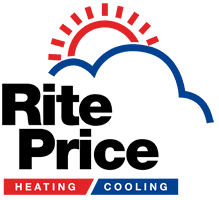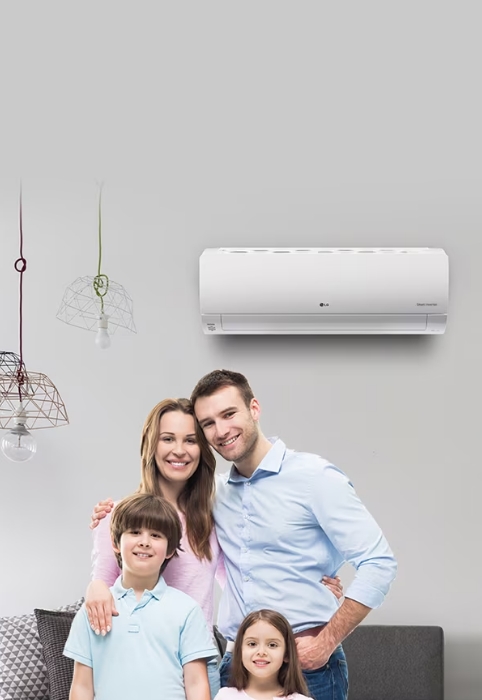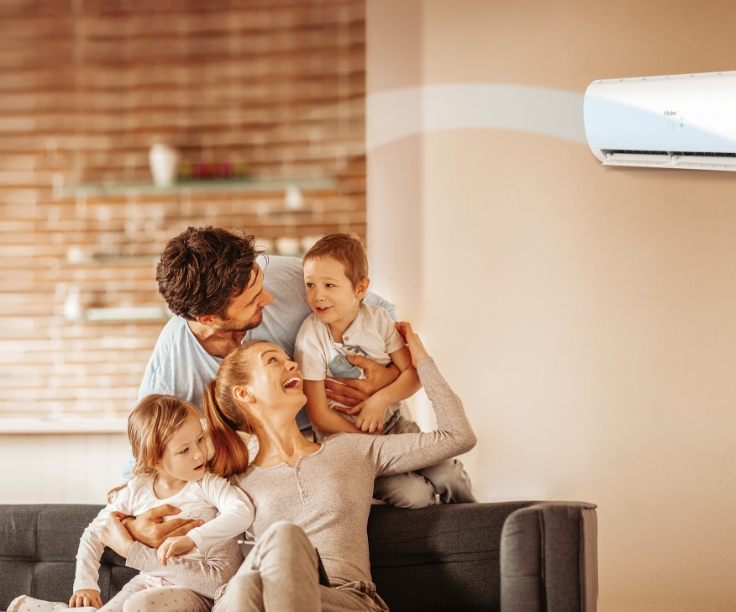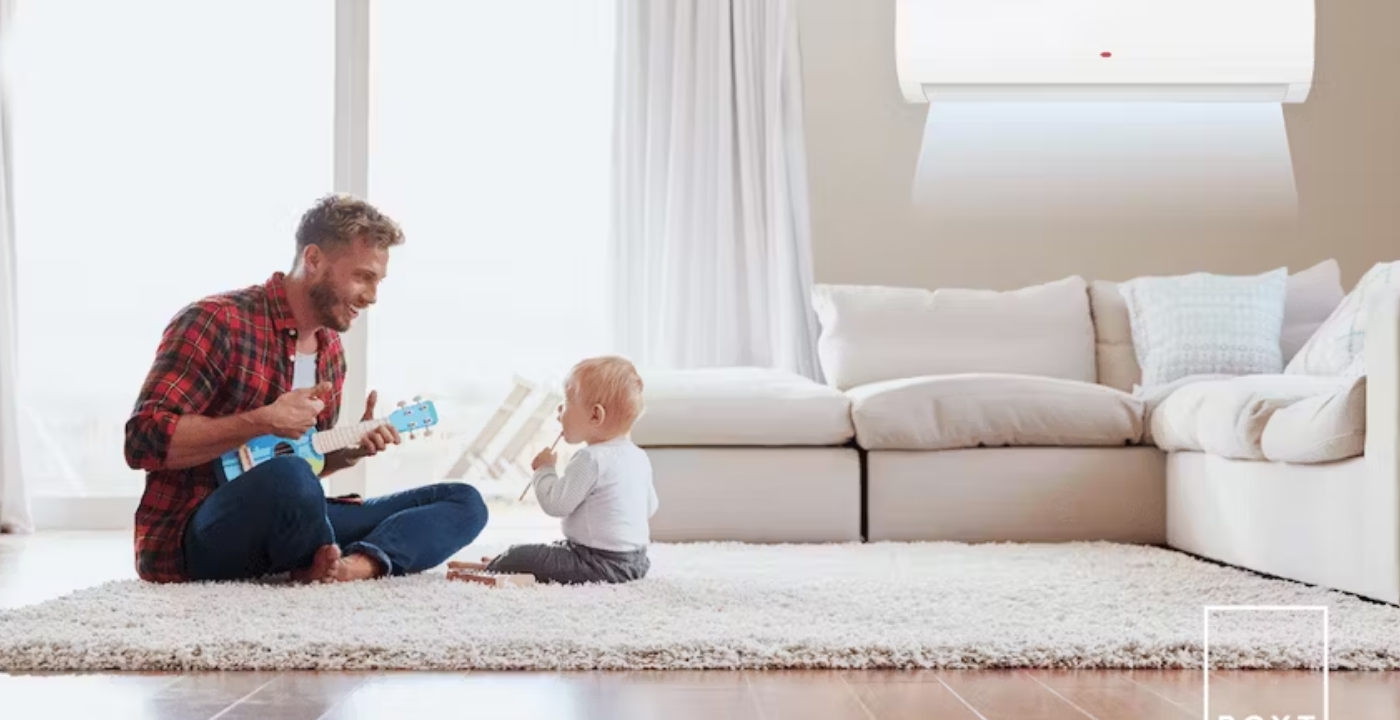Spotlight on Ducted Evaporative Cooling: Everything You Need to Know Before You Buy
Considering the intense heat waves that blanket Southern Australia, it is important to make sure that air conditioning solutions offer efficient and effective cooling power. Dry climates such as Adelaide give homeowners the chance to opt for a cost-effective ducted evaporative system that cools air while adding much needed moisture during drought conditions. For more information on evaporative cooling, please follow this link.
Evaporative Air Conditioning Works to Cool Indoor Environments
The mechanisms of air conditioning focus mostly on controlling the temperature and humidity of an indoor environment. Ducted evaporated cooling systems operate in a manner similar to the natural evaporative cooling system of the human body. When people sweat, the liquid on their skin evaporates and turns into vapour. This vapour carries heat energy away from the skin, reducing overall body temperature. Evaporative air-cooling systems receive hot, dry air from the exterior of the house, forcing the air through pads that are soaked with water and designed to promote evaporation. Similar to sweating, these evaporative pads cause energy to escape in the form of water vapour, removing the heat from the incoming air. A water pump keeps the pads moist by continuously wetting the evaporative material with tap water. The cool air is then pumped into air ducts that lead to various rooms in the house. Warm air is forced out of the building through ventilation that leads outdoors.
Dry Climates Are Best for Evaporative Cooling Systems
Due to the way evaporating air conditioning works, the optimal environment for these types of cooling systems is in locations that are very dry. As a result, ducted evaporators work best in cities such as Adelaide, which feature dry, hot seasons. A cooling system operating at 85% evaporation efficiency with a low, dry relative humidity of 15% can reduce temperatures significantly. A space that is 32 degrees Celsius can be cooled to about 16 degrees and a room that is 40 degrees can be cooled to 21 degrees. However, when the relative humidity rises to 50%, an environment that is 32 degrees can only be cooled to approximately 20 degrees. Evaporators do not work well in humid and hot environments. For example, with a high, moist relative humidity of 85%, a cooling system relying on principles of evaporation would cool a room only slightly, from 30 degrees to about 28 degrees.
Evaporative Coolers Offer Cooling Power That Is More Eco-Friendly
The main liquid coolant that evaporative systems use is plain, recycled water. Systems that use compressed refrigeration cycles require complex chemical coolants to facilitate the process. Ammonia is a common refrigerant that is low in cost and high in efficiency. However, due to its highly toxic nature, its use in domestic circumstances is limited. Sulphur dioxide is another refrigerant that pollutes the air and is detrimental to human health. Chlorofluorocarbons, more commonly known as Freon, are a less toxic option but were found to be incredibly destructive to the ozone layer. Their chemical replacements, hydrochlorofluorocarbons, still damage the ozone layer, but to a lesser degree. The current trend leads to hydrofluorocarbons, which do not have the ability to deplete ozone, but are nonetheless listed as a chemical that can contribute significantly to global warming. Compared to evaporating cooling, which uses water, refrigerant cooling uses chemicals that are considerably more destructive and toxic to the environment.
Air Conditioning Through Evaporation Saves Energy
When an air conditioner uses a refrigeration cycle, it forces heat from a warm area into an even hotter space, which is referred to as a heat sink. At the same time, electric motors run compressors that cause refrigerants to condense, circulate, and evaporate, drawing heat away and creating a cooling effect. This process forces chemical refrigerants to change phase between liquid to gas, which causes the gas to whisk the heat energy away, similar to how sweat turns from liquid to vapour, thus taking heat away from the skin. The amount of electricity needed to circulate and compress the chemical coolant is much more than the power needed by evaporative coolers, which only require electricity to work a water pump and a fan. Compared to a refrigerated central air conditioning system, a ducted evaporative cooling system requires up to 75% less energy.
Evaporative Technology Offers a Much Less Expensive Home Cooling Solution
Compared to a central refrigerated air conditioning system, a ducted evaporative cooling system may require an initial investment that is half the cost of a refrigerated option. The technology used for evaporating coolers is also less complex, requiring maintenance that is less frequent and expensive. Considering the fact that evaporative systems also use a lot less electricity, homeowners can expect to see their energy bills drop if they switch. Finally, the chemical refrigerants used for the central air system are more expensive than the water used for evaporative systems, further reducing costs when the coolant needs replenishing. As a whole, when all factors are considered, using evaporative coolers may cost up to twelve per cent less than the option of refrigeration air conditioners.
Evaporating Systems Promotes Good Air Quality
The cooling gusts provided by ducted evaporative systems, if properly maintained, offer fantastic air quality in hot, dry climates. Evaporative systems increase the humidity of an indoor environment, which is useful to deal with problems that arise—such as static electricity or cracked skin—when air is too dry. Refrigerated central air reduces humidity through the air it circulates, making arid areas even drier. Evaporative coolers require considerable air circulation due to the fact that they work best when they run outdoor air through the evaporation pads. Passing the same, evaporated air through the system reduces its effectiveness. As a result, circulation may take place at a rate as frequent as fifteen complete changes of air per hour. Since large volumes of air must continually flow through the system, the air mixture avoids becoming old, stale, and unpleasant, unlike refrigerated central air conditioners that work best when recirculating an indoor breeze within airtight homes. The evaporative pads that cool hot air also function well as a filter that removes contaminants such as ozone and other pollutants. Refrigerated central air systems are not able to filter impurities from the air when the humidity is not high enough to keep the evaporator moist.
Smart Decisions That Get the Most Out of Evaporative Cooling Systems
Maintaining a ducted evaporative cooling system is necessary to get the most out of your installation. If the water source used to wet the pads has a lot of minerals, deposits may be left behind on the pads and other surfaces of the cooler, requiring removal of potentially hazardous mineral waste and replacement of the pads. If installed in cold climates, make sure to protect against the water supply bursting due to freezing temperatures. Evaporative coolers should be drained, kept clean, and have the pads replaced regularly. A lack of timely maintenance may lead to a variety of issues. Mosquitos find evaporative coolers an excellent place to breed due to the pools of water used in the system. Mould and bacteria may be spread by systems that are not kept clean. When filters and pads are not replaced, they will be unable to properly filter contaminants and odours originating from the outdoors. People who suffer from asthma feel the effects of systems that are not kept clean, due to a mixture of moisture and particulate matter in the air.
Evaporative coolers create a more humid indoor environment and should not be used when people are sensitive to moist conditions. Certain items, such as old wooden furniture, books, paper, and electronics, should be monitored closely in spaces cooled by evaporation. Humid environments, especially in dusty conditions, increase the rate of corrosion, which may result in the degradation of sensitive materials. However, all these risks and issues are minimised when the cooler is well-maintained and the environment is kept clean.
Local Options for Evaporative Cooling Systems
Residents of South Australia are close to Seeley International, the largest manufacturer of air conditioning systems in Australia and a world leader in energy-efficient cooling. Founded by Frank Seeley in 1972, this company has grown due to innovations such as the development of an all-plastic evaporative system that avoids corrosion of metal parts. Their Coolair evaporative air conditioner has been in the market for more than thirty years and features chilled cooling pads and a high-efficiency system for keeping the pads wet. The Braemar model is designed to make it easier to maintain the water distribution system by automatically draining water before the cold season arrives. Seeley’s Breezeair conditioner features the only inverter motor technology in the world and was the first evaporative cooler made entirely of plastic.
There are plenty of options to consider when deciding among different ways and methods to keep your home cool during the summer. Obtaining a quote is always a good idea. At Rite Price Heating and Cooling, we offer free in-home quotes Simply call 1300 HEATING or 1300 COOLING to arrange a meeting. This is an excellent way to get valuable information on the best air conditioning to match specific living conditions.







